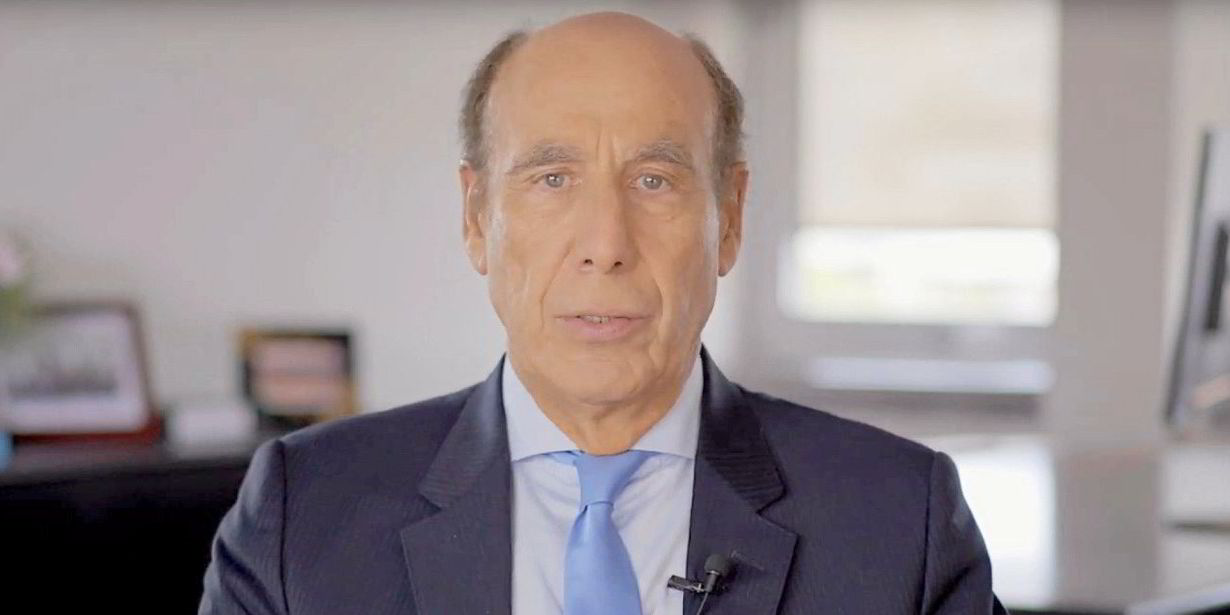US LNG projects could face two-year delays or even be cancelled as a result of the government’s January 2024 decision to pause the issuing of non-free-trade-agreement (FTA) permits for liquefaction developments, according to broker and consultant Poten & Partners.
At an LNG Forum in London, Poten global head of business intelligence Jason Feer said the US permitting pause is “a lot worse than people realised”.
Feer said he believes that the Biden administration did not consider that most of the US projects were nearing the end of their non-FTA export authorisations — this gives the right to export to countries with which the US has no FTA — when they opted for the permitting pause and review at the start of this year.
As new projects need to export a first cargo before the non-FTA permit expires, Feer said this has made it “almost impossible” for developers to get enough sales contracts and brought most developments to a halt. “This is a big problem.”
Feer said this means most US LNG projects and those in Mexico that are fed by US pipeline gas will need to reapply through what is a small government office that has been taking around two years to issue permits. “Everyone is going to end up in this long line.”
“Our view is that it will be a couple of years for most projects to be properly permitted,” he said, adding that others may fall away.
Feer said that some projects in other countries may be able to step in and take some of this business, highlighting developments in Canada and Qatar.
“It’s sort of opened the door,” he said.
During the forum, Feer and other Poten panellists — managing editor Melanie Lovatt and head of business intelligence Asia Pacific Kit Wong — explored where LNG demand will come from in a market that will likely be well supplied well into the 2040s.
Feer said Poten forecasts European LNG demand peaking in 2026 and then levelling off.
He said that while many “recoil in horror” at this, Poten believes a large number of European countries will keep their options open to take Russian pipeline gas in the future, although he acknowledged that the region would be unlikely to become as dependent on supply from Russia as before.
Feer said the Asia Pacific region will drive demand growth which will have an impact on shipping markets as voyages become longer.
South East Asia is a very price-sensitive market, he said, and growth could accelerate in this region if low prices prevail.
Poten expects LNG demand growth from China but at a slower pace than has been predicted. Poten’s figures show China’s LNG imports increasing from 76 million tonnes in 2024 to 116 million tonnes in 2034.
Feer pointed out that China’s economy is maturing and is also facing some headwinds.
The business intelligence head produced the eye-catching fact that 174 mt of new LNG capacity due to come on stream in the next 10 years is under the control of the world’s top 10 producers.
He said this will push their share of the LNG market up from 81% to 87%.
Feer said of all the energy markets, LNG appears alone in having such a heavy concentration of supply in such a small group of players, adding that there is political risk in this.






